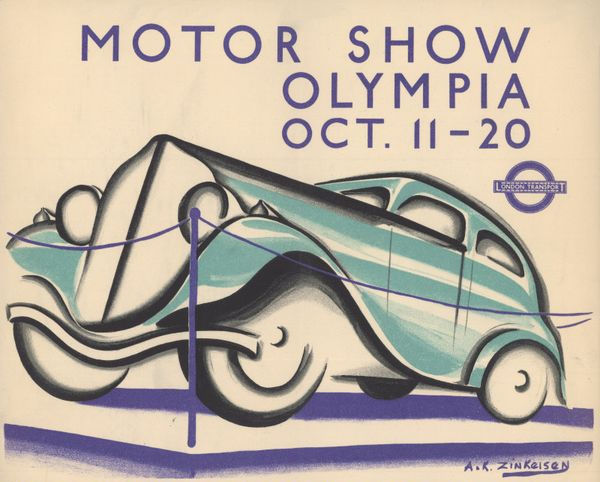Another Mysterious Roman Dodecahedron Unearthed
- Editor OGN Daily
- Jan 24, 2024
- 1 min read
Updated: Nov 10, 2024
Researchers have been puzzled by the Roman dodecahedron for over two centuries. These strange 12-sided metal objects have been found throughout Europe - but their purpose remains unclear. Now, another one has been found in the English countryside and reignited discussions about what these ancient artefacts could have been used for.

A volunteer with the Norton Disney History and Archaeology Group dug up the dodecahedron in the Lincolnshire village of Norton Disney and the group’s secretary, Richard Parker, tells Smithsonian magazine the artefact is “the find of a lifetime.”
“Dodecahedrons are one of archaeology’s great enigmas,” he says. “Our example is remarkable. It’s in an excellent condition - considering it’s been buried for 1,700 years - and complete with no damage."
But what are they? It all started in 1739, when a strange, fist-sized, twelve-sided hollow object from ancient Roman times was discovered in England. Since then, more than a hundred dodecahedrons have been unearthed. Roman dodecahedrons - or more properly called Gallo-Roman dodecahedrons - are twelve sided hollow objects, each side pentagonal in shape and almost always contain a hole. The outer edges generally feature rounded protrusions.
Most of the objects are made from bronze, but some are in stone and don't have holes or knobs. Some were found in coin hoards, indicating their owners considered them valuable.
Some theories are that they functioned as measuring devices, calendars, ornamental scepter toppers, weapons or tools. In the meantime, the dodecahedron still remains an enduring mystery of the Roman Empire.



